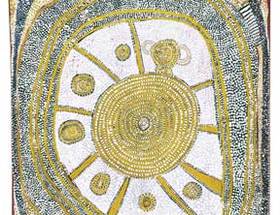It may not be news at all that states are decreasing their arts funding. Nonetheless, a recent Associated Press article noted the same trend I did last week in corporate funding, namely, that it’s getting worse. Here’s the money quote:
The National Assembly of State Arts Agencies estimates states reduced their arts funding an average of 7 percent in the fiscal year that began July 1. That average doubles to 14 percent when Minnesota is not included because the state almost tripled its art budget to $30.2 million thanks to a new sales tax.
In financially strapped states like Arizona, South Carolina, Georgia, Ohio, Louisiana and Florida, the reductions are steeper, falling 30 percent or more, forcing agencies to trim the amount or value of grants, shutter programs that provide arts education and lay off employees. In two states that haven’t completed their annual budgets – Pennsylvania and Connecticut – lawmakers are considering eliminating their state arts agencies entirely.
The rest of the article can be read here.
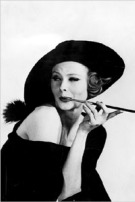 On the other hand, yesterday The Gap showed that corporate sponsorship is still alive, announcing that it will sponsor the Costume Institute of the Metropolitan Museum’s spring show: American Woman: Fashioning a National Identity.
On the other hand, yesterday The Gap showed that corporate sponsorship is still alive, announcing that it will sponsor the Costume Institute of the Metropolitan Museum’s spring show: American Woman: Fashioning a National Identity.
Considering the trouble Gap Founder and Chairman Emeritus Don Fisher has had trying to build a museum for his extensive contemporary art collection in San Francisco, written about here, that may be a wonder. It’s a natural marketing match for The Gap, of course.
The show, by the way, makes use of the “newly established Brooklyn Museum
Costume Collection” at the Met, according to the press release. The clothes were transferred to the Met from Brooklyn last year, because Brooklyn had neither the room to exhibit them nor the ability to care for them.
Details about the Gap sponsorship and the spring show are here.
Photo Credit: Courtesy of the Brooklyn Museum

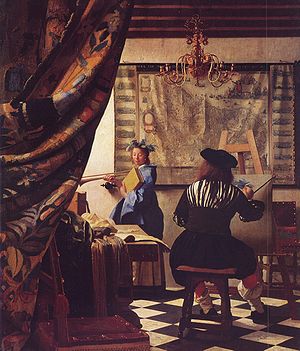
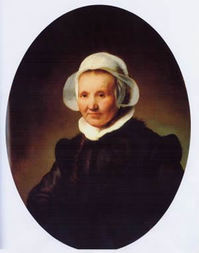
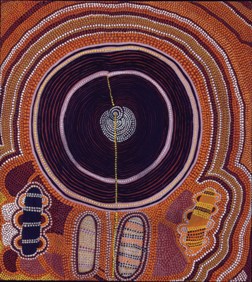 Here’s one I’m really eager to see: Icons of The Desert: Early Aboriginal Paintings From Papunya, which opened on Sept. 1 at the Grey Art Gallery of NYU. Organized by the Herbert F. Johnson Museum of Art at Cornell University, it has already been on view there and in Los Angeles.
Here’s one I’m really eager to see: Icons of The Desert: Early Aboriginal Paintings From Papunya, which opened on Sept. 1 at the Grey Art Gallery of NYU. Organized by the Herbert F. Johnson Museum of Art at Cornell University, it has already been on view there and in Los Angeles. 